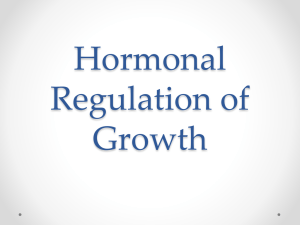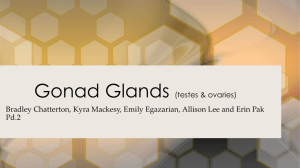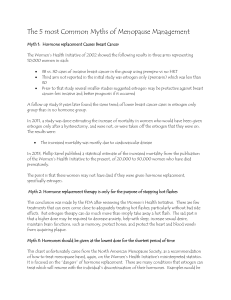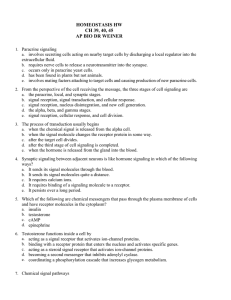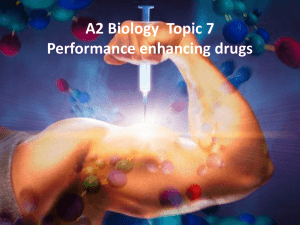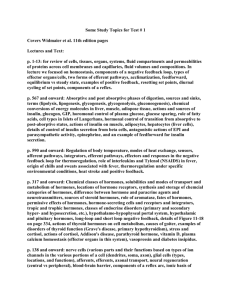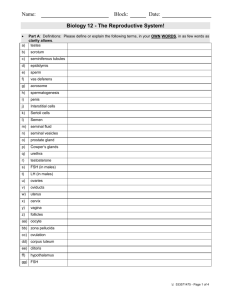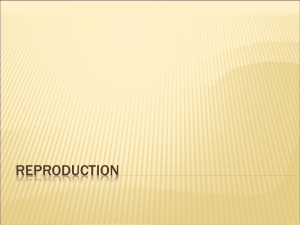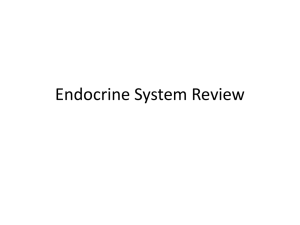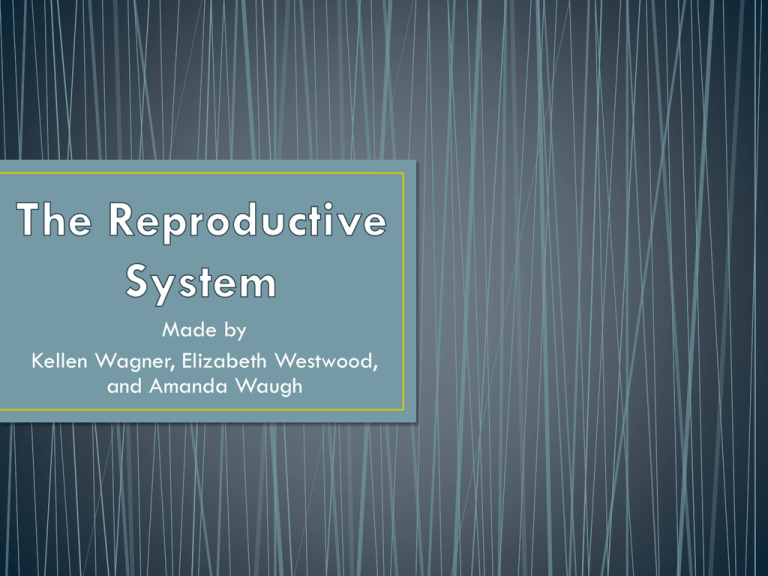
Made by
Kellen Wagner, Elizabeth Westwood,
and Amanda Waugh
• Pelvic region of the body
• Two female ovaries (one on either side of the body)
• Ovaries are connected to uterus by fallopian tubes
• Produces estrogen and progesterone
• Estrogen- a steroid hormone that produces female
characteristics for a human
• Progesterone- released by the corpus luteum to prepare the
uterus for pregnancy
• Sex hormones
• Inhibin- suppresses follicle stimulating hormones
• Relaxins- found in pregnant females which relaxes muscles to
make birth easier
• Regulates menstrual cycle and pregnancy
• Development of female body characteristics
• Breasts
• Body shape
• Body hair
• Help maintain homeostasis in the body
• Negative feedback mechanism controlled by the
female gonads would be melatonin
• Positive feedback mechanism of the female gonads
would be when the ovaries secrete oxytocin during
birth
• Oxytocin calms the body
• Ovaries
•
•
•
•
Androstenedione
Progesterone
Estrogens
Inhibin
• Uterus
• Prolactin
• Relaxin
• Placenta
•
•
•
•
•
Progesterone
Estrogens
Human chrorionic gonadotropin
Human placental lactogen
Inhibin
• Excess of hormones (estrogen) can cause a women to
develop in inability to become pregnant
• A lack of hormones can be very harmful to the body
• Heavy menstrual bleeding can occur
• Too little estrogen can cause issues with the absorption of
vitamins
• Hypogonadism- when ovaries are not producing
enough sex hormones
• This can usually cause Turner Syndrome, gonadal dysgenesis,
and galactosemia
• For hormonal imbalance, women can see a bioidentical hormone
doctor and undergo bioidentical therapy
• To treat various gland disorders doctors must replace hormones
in the ovaries to try and copy the normal hormone production
• Male gonads are located behind the penis
in a skin pouch called the scrotum
• Produce sex hormones called testosterone
• Testosterone- a steroid hormone from the androgen
group
• Stimulate the formation of the sperm in the
seminiferous tubules
• Develop reproductive tissue
• Increases…
• Muscle size
• Bone mass
• Body hair
•
•
•
•
Sustains spermatogenesis
Maintains muscle bulk
Maintains secondary sex characteristics
Aids in erectile function
• FSH stimulates the production of sperm cells
• A follicle stimulation hormone released by the pituitary
• LH (luteniziry hormone) stimulates production of
testosterone
• GnRH (Gonadotrophin-releasing hormone) is an
antagonistic hormone found in the male gonads that
reduces LH production, suppressin, and testosterone
• The pituitary gland releases…
• LH (hormone)
• FSH (hormone)
• GnRH (inhibitor)
• If the gonads are not functioning properly,
testosterone production might decrease, resulting in
negative affects on…
• Sexual function
• Mood
• Behavior
• Muscle production
• Bone density
• Hormonal therapy is the most common treatment
• Climophene citrate is often used to compensate for
low testosterone in place of regular testosterone
therapy
• http://www.webmd.com/sex-relationships/guide/malereproductive-system
• http://www.innerbody.com/image/repmov.html
• http://kidshealth.org/parent/general/body_basics/male_repr
oductive.html
• http://www.nlm.nih.gov/medlineplus/femalereproductivesystem.
html
• http://www.patient.co.uk/health/the-female-reproductivesystem


